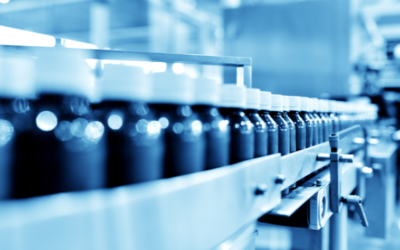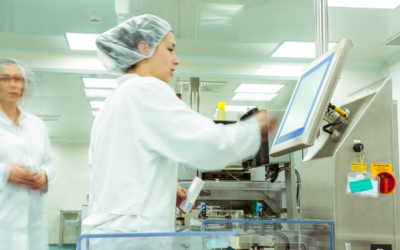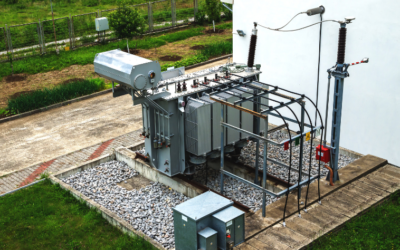Introduction:
In the ever-evolving landscape of pharmaceutical manufacturing, Automation and Robotics aren’t just tools; they are transformative forces reshaping the way we produce life-saving medications. Picture a world where precision, efficiency, and innovation converge, and you’ll find the heartbeat of automated pharmaceutical manufacturing.
Advancements in Robotic Systems:
Robots are no longer confined to science fiction; they are integral players in the pharmaceutical production floor. These advancements go beyond mundane tasks; they redefine how drugs are formulated, processed, and packaged.
Automating Drug Formulation:
Gone are the days when drug formulation was a labor-intensive process. Robotic systems now handle the precise mixing of ingredients, ensuring consistency and accuracy that human hands might find challenging.
Optimizing Packaging Processes:
The final step in pharmaceutical manufacturing is often the most delicate. Robots delicately handle the packaging of medications, ensuring that each dose is perfectly sealed, labeled, and ready for distribution.
Collaborative Robots (Cobots):
The era of robots replacing humans is evolving into one where they collaborate seamlessly with us. Collaborative Robots, or Cobots, are ushering in a new paradigm in pharmaceutical manufacturing.
Enhancing Efficiency with Cobots:
Cobots work alongside human operators, enhancing efficiency and flexibility on the manufacturing floor. They take care of repetitive, labor-intensive tasks, allowing human workers to focus on more complex and value-added activities.
Flexible Manufacturing Environments:
Unlike traditional robots, Cobots are designed to be easily reprogrammed and adapted to different tasks. This flexibility makes them ideal for the dynamic needs of pharmaceutical manufacturing, where production requirements can change rapidly.
Precision and Flexibility:
Robotic systems bring a level of precision and adaptability to pharmaceutical manufacturing that was once unimaginable.
Precision in Drug Dispensing:
Whether it’s handling small quantities of potent compounds or ensuring accurate dispensing of active ingredients, robotic systems provide a level of precision that is crucial in pharmaceutical formulations.
Adapting to Changing Production Needs:
Pharmaceutical manufacturing isn’t a one-size-fits-all process. Robotic systems offer the flexibility to adapt to changing production needs, from adjusting dosages to accommodating different packaging requirements.
Benefits for Pharmaceutical Manufacturing:
The integration of Automation and Robotics into pharmaceutical production yields a host of benefits:
Improved Efficiency:
Automation streamlines processes, reducing production time and minimizing errors, leading to enhanced overall efficiency.
Enhanced Quality Control:
Robotic precision ensures consistent quality control throughout the manufacturing process, minimizing variations and maintaining high product quality.
Cost-Efficiency:
While the initial investment in robotic systems may be substantial, the long-term benefits, including reduced labor costs and minimized wastage, contribute to significant cost savings.
Conclusion:
As we stand on the cusp of a new era in pharmaceutical manufacturing, Automation and Robotics emerge as the driving forces behind precision, efficiency, and innovation. The integration of these technologies isn’t just a leap forward; it’s a revolutionary stride towards a future where medications are crafted with unparalleled accuracy.
Call to Action:
Ready to explore how Automation and Robotics can revolutionize your pharmaceutical manufacturing processes? Stay tuned for more insights and let’s journey together towards a future where automation isn’t just a tool but a cornerstone of excellence in drug production.




